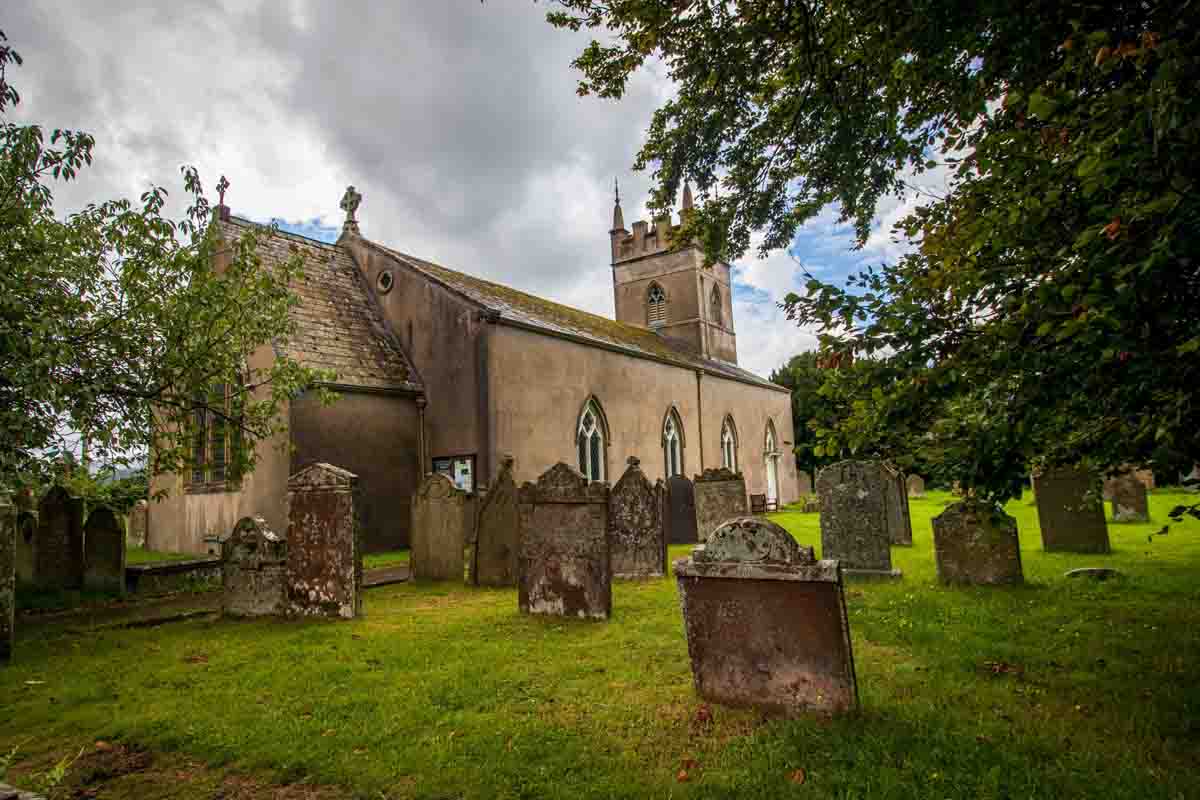
A Historic Church Receives Necessary Renovations with the Cast Iron Guttering from Tuscan Foundry
The St. Stephen’s Church has a long and illustrious history. An illustrious history traced back to the Domesday Book can be found in St. Stephens


The St. Stephen’s Church has a long and illustrious history. An illustrious history traced back to the Domesday Book can be found in St. Stephens
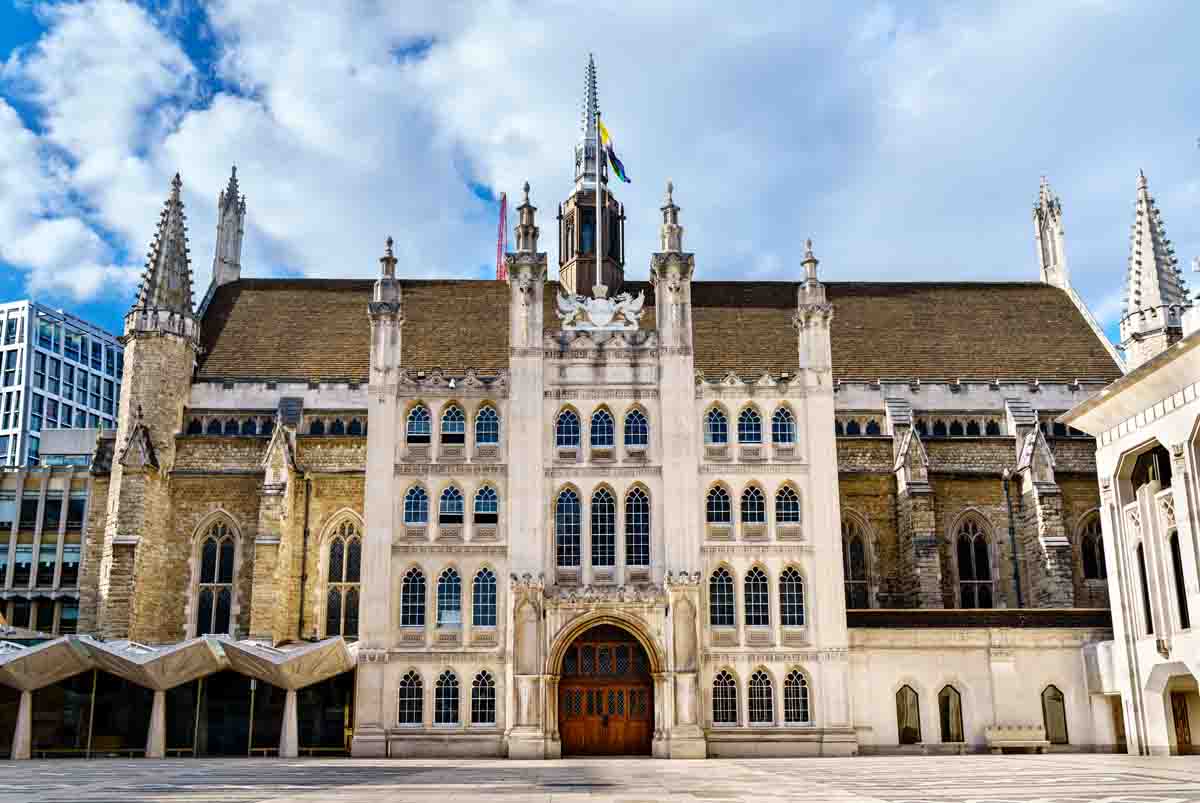
You know that feeling you get when you walk into a historic building? The sense of wonder as you gaze up at intricate architectural details
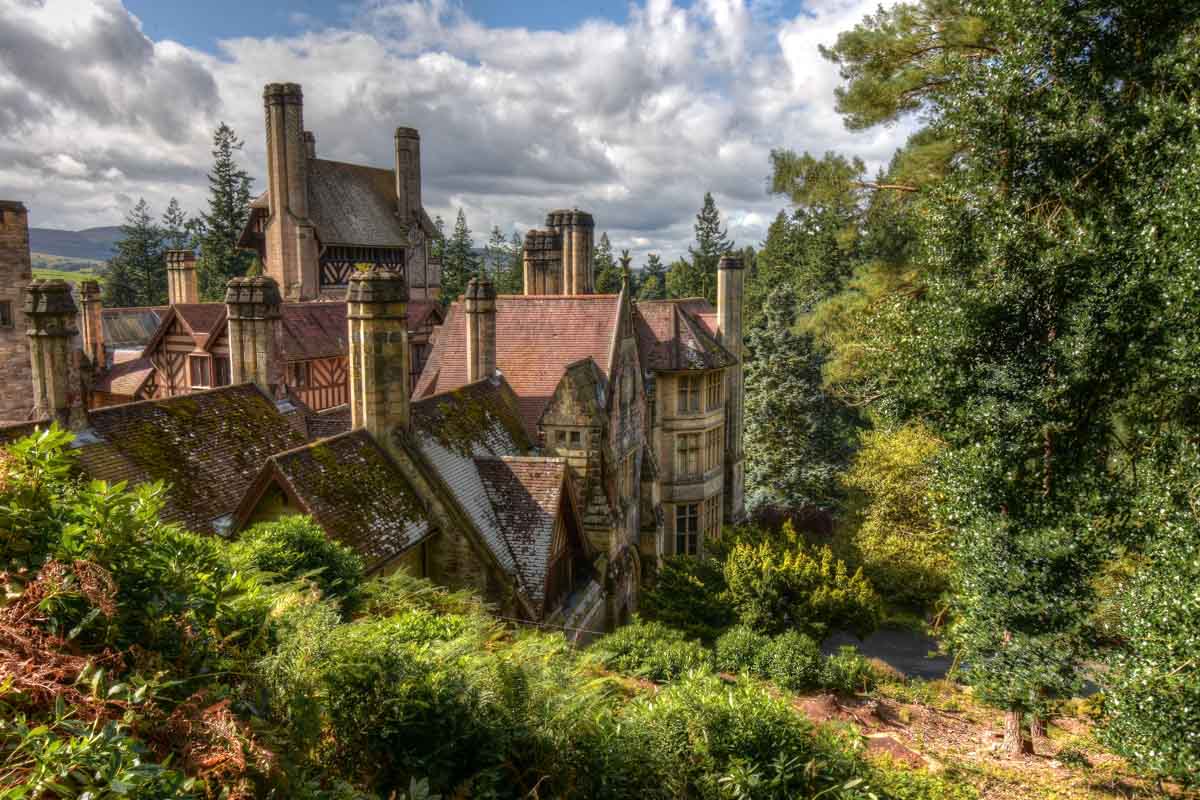
You walk up the steps of the historic house and are immediately struck by the beauty of the exterior. The stonework, wood accents, and decorative
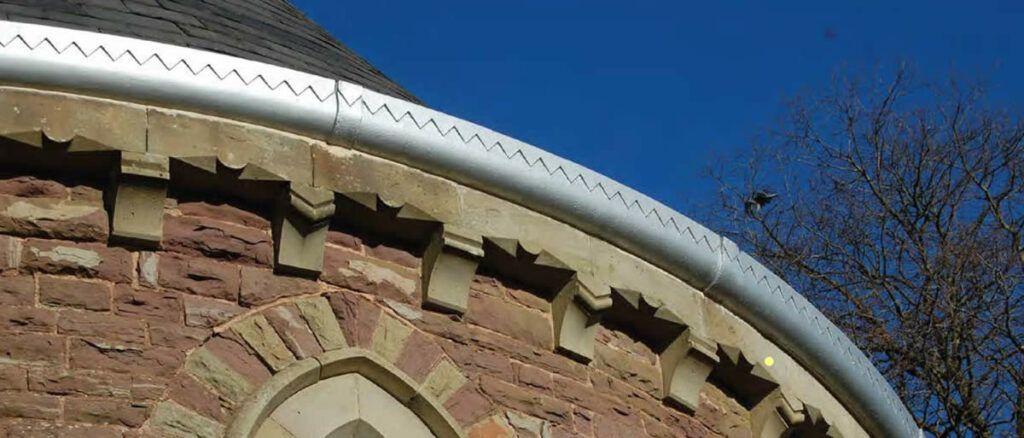
You’ve probably seen those beautiful old buildings with intricate details around every corner. The curved cast iron gutters that direct water off the roof are
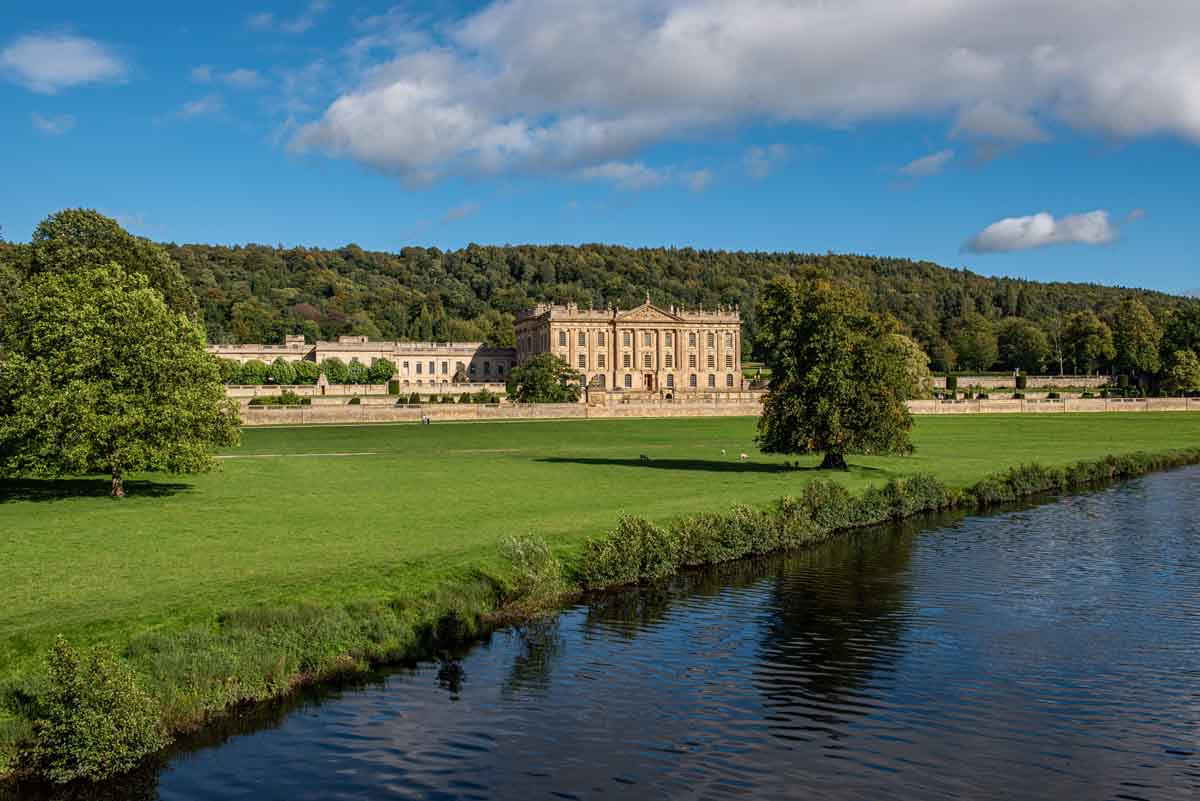
The United Kingdom is a treasure trove of history, where every corner tells a story. Its historic homes are a significant part of its cultural
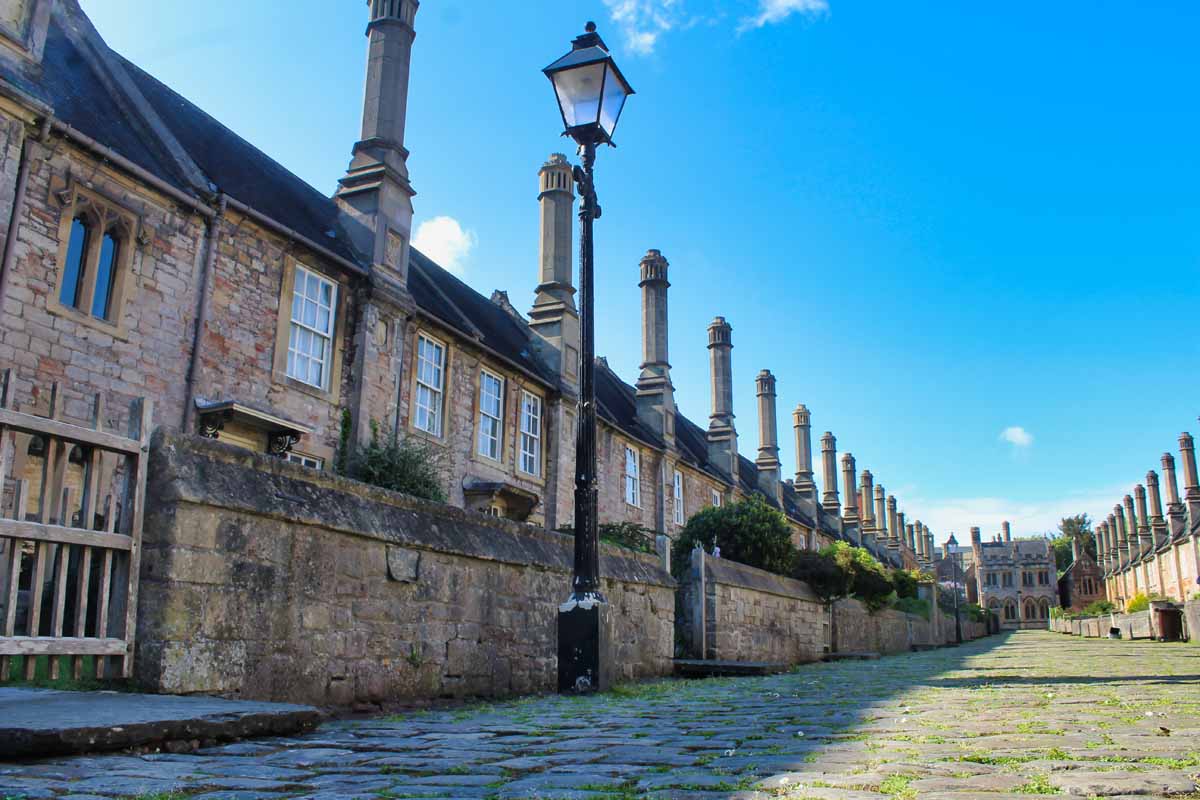
Have you ever wandered the cobblestone streets of Wells in Somerset, England and marvelled at the medieval architecture surrounding you? The historic city is filled
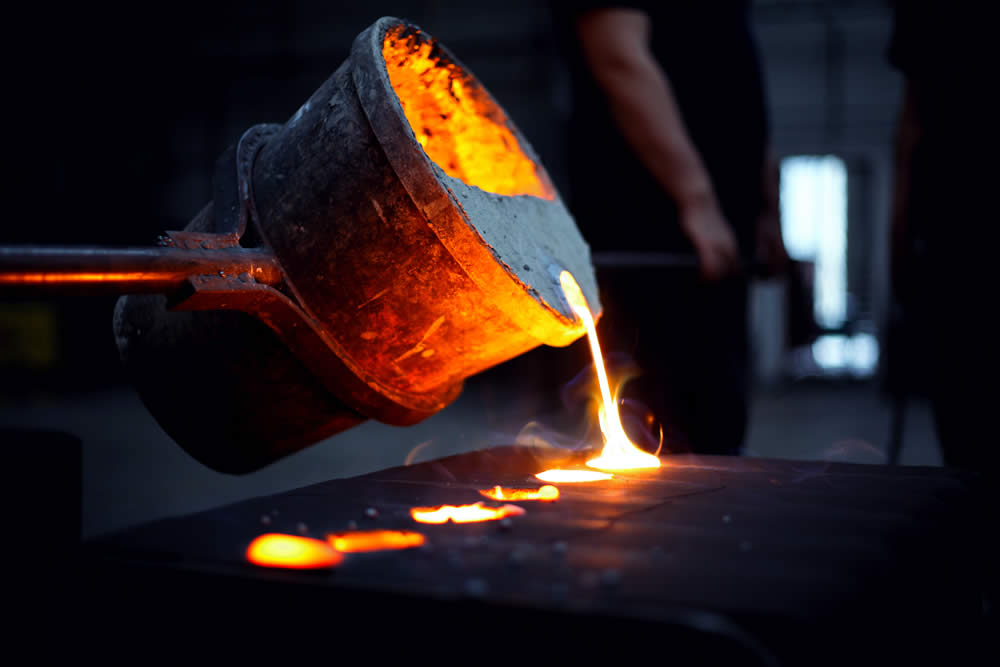
Do you know that feeling when you find something beautiful and valuable? Custom cast iron gutters are the perfect combination of form and function. Forget
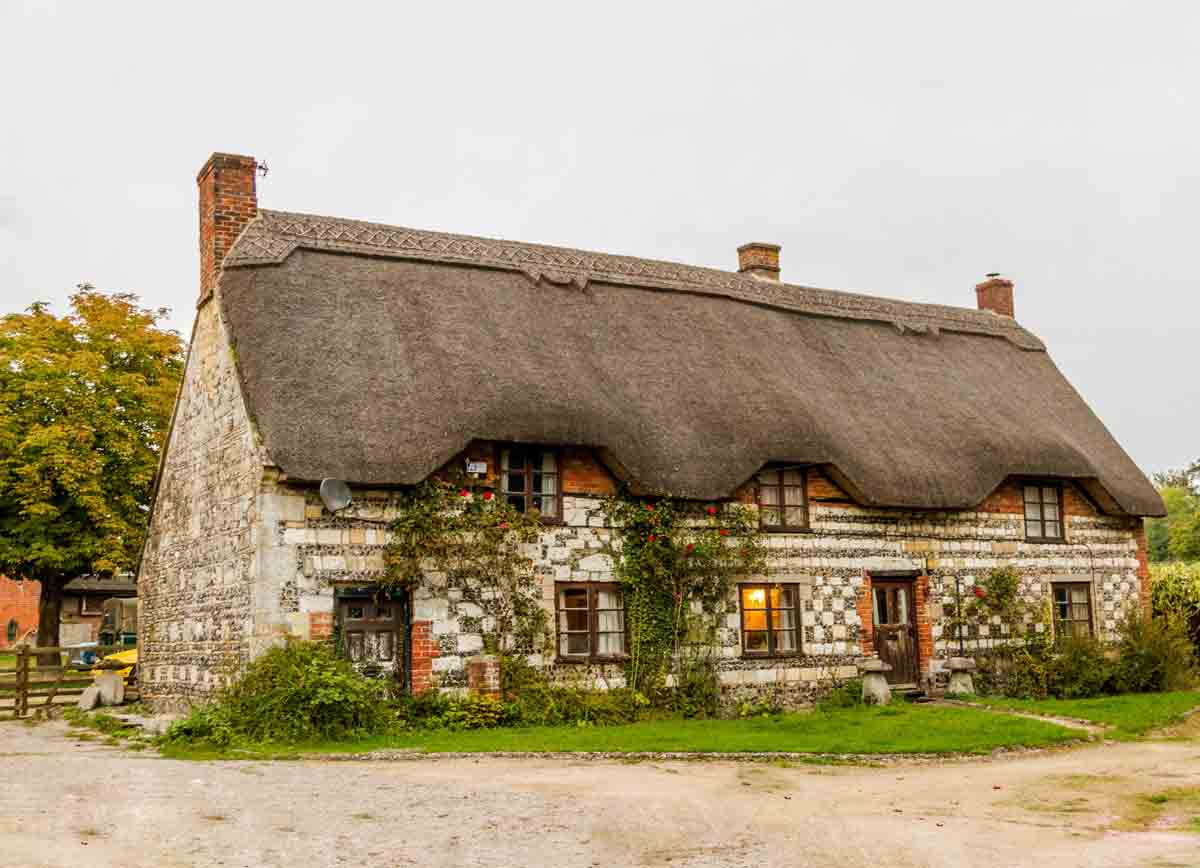
Dorset, a picturesque county in South West England, is where history comes alive. Not just through its archaeological sites or in the whispers of the
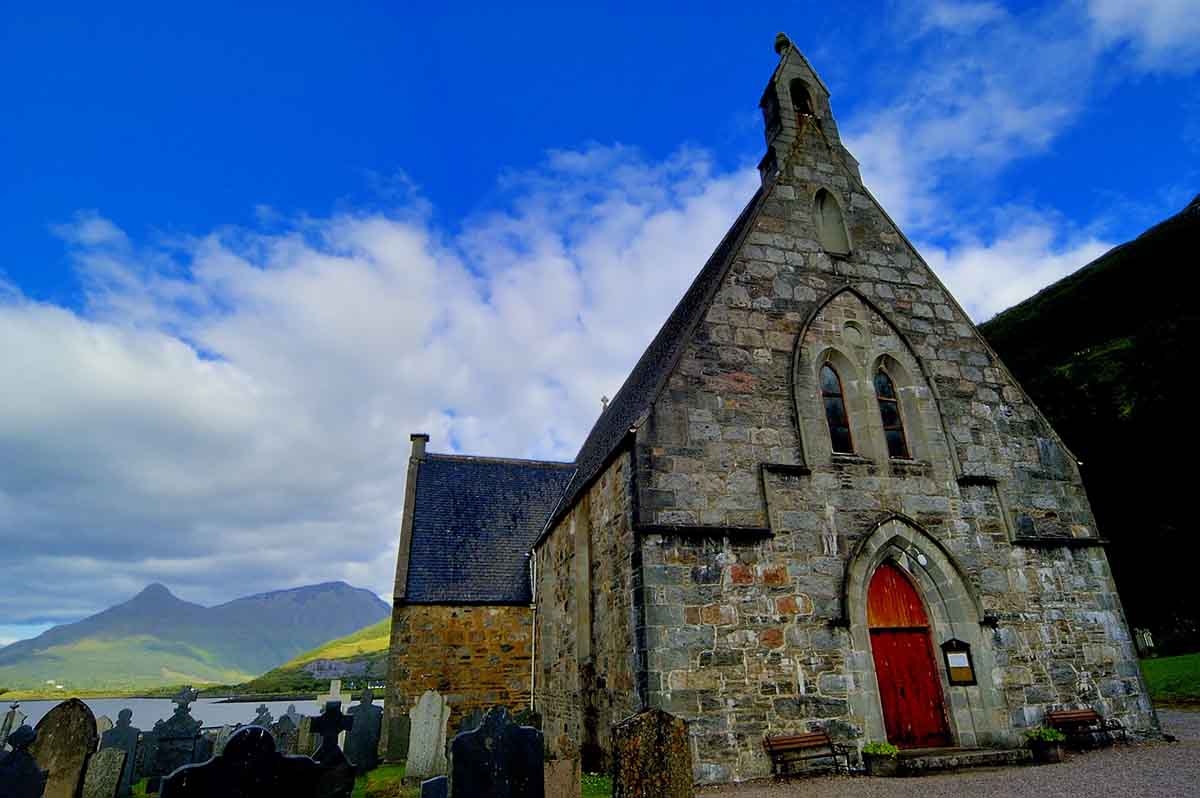
Scotland boasts a rich and diverse ecclesiastical history, with churches and chapels that are not only places of worship but also essential markers of the
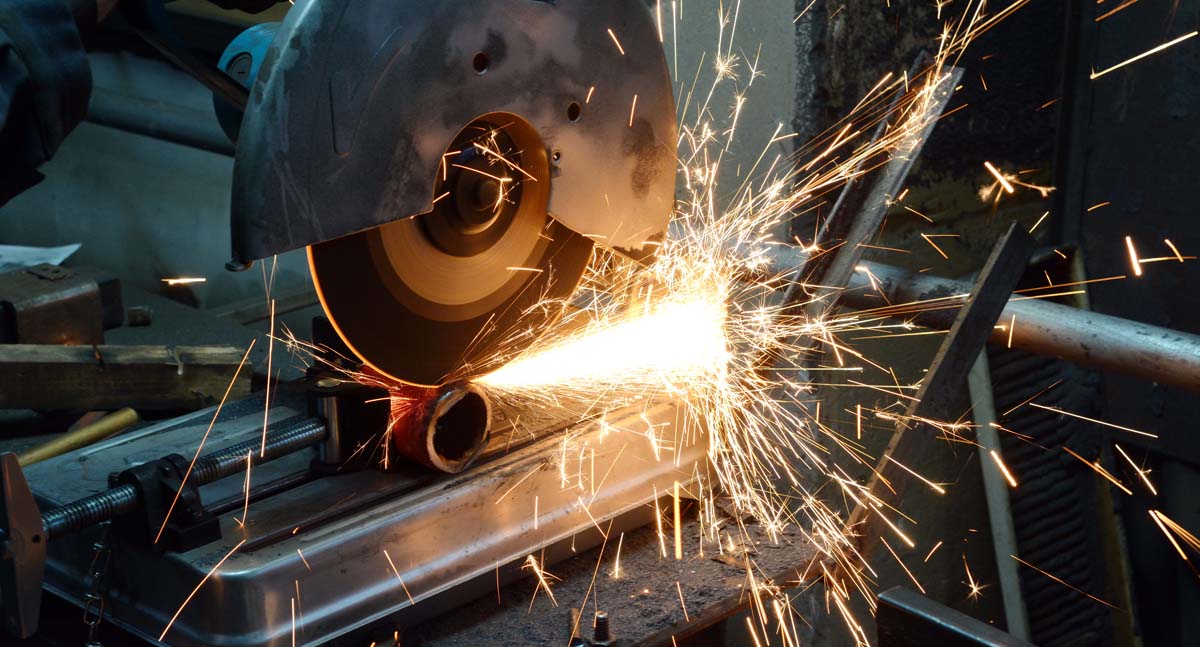
Consider our cut-to-size cast iron guttering and pipes for hassle-free replacement of small sections. Though they may cost more initially, they save time and frustration.
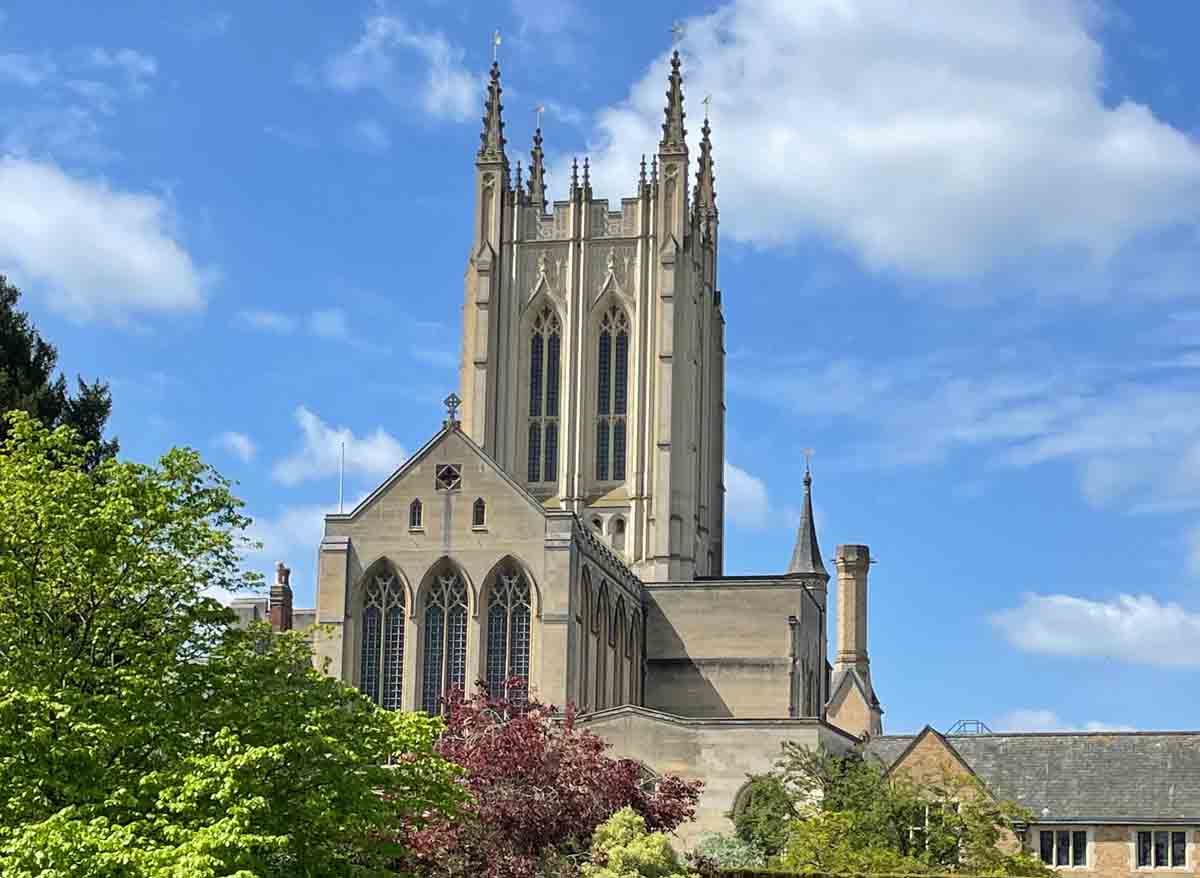
Suffolk has a rich architectural history stretching over a thousand years, from medieval churches to Tudor farmhouses to Victorian town halls. But as time marches
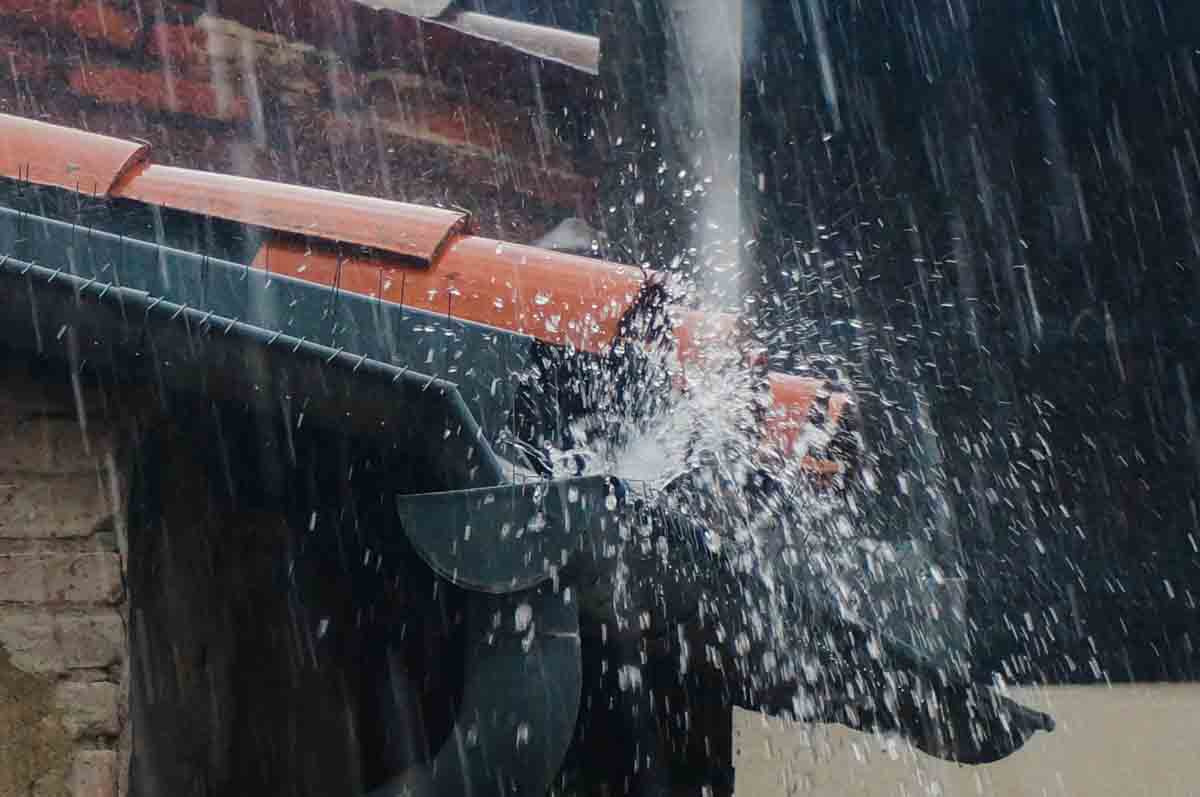
As the saying goes, they don’t build them like they used to. This couldn’t be truer when it comes to period and old buildings. These
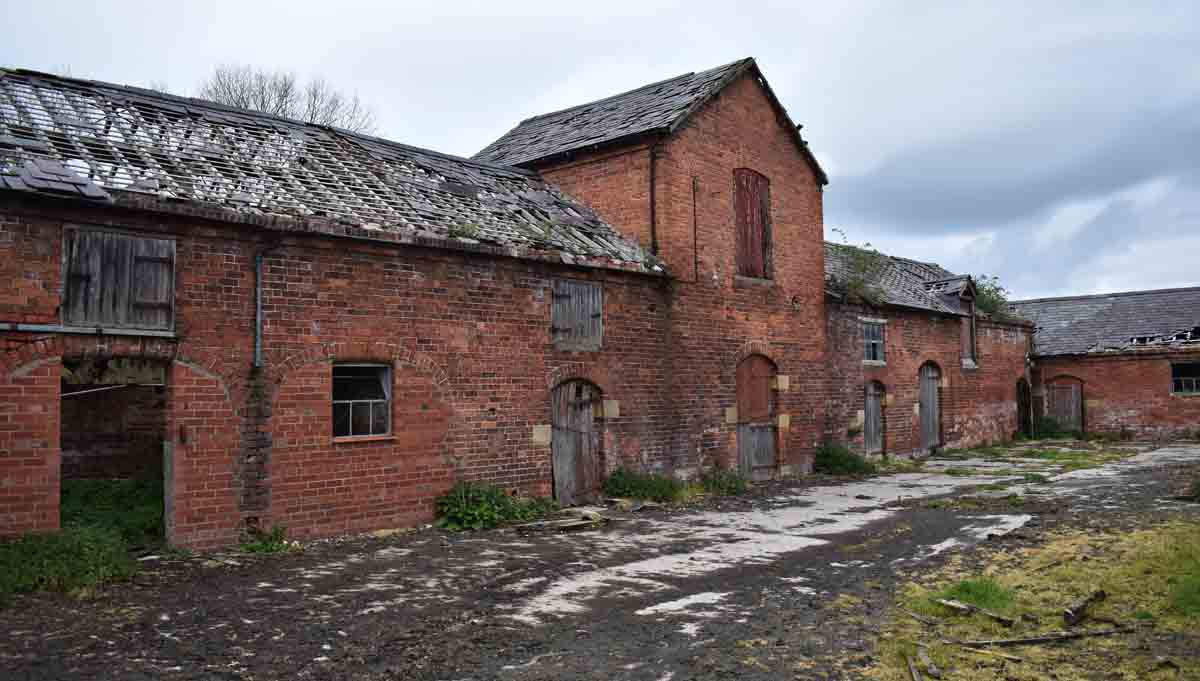
Have you ever driven by an old barn and wondered about its history? Many of these agricultural relics dot the rural landscape, remnants of a
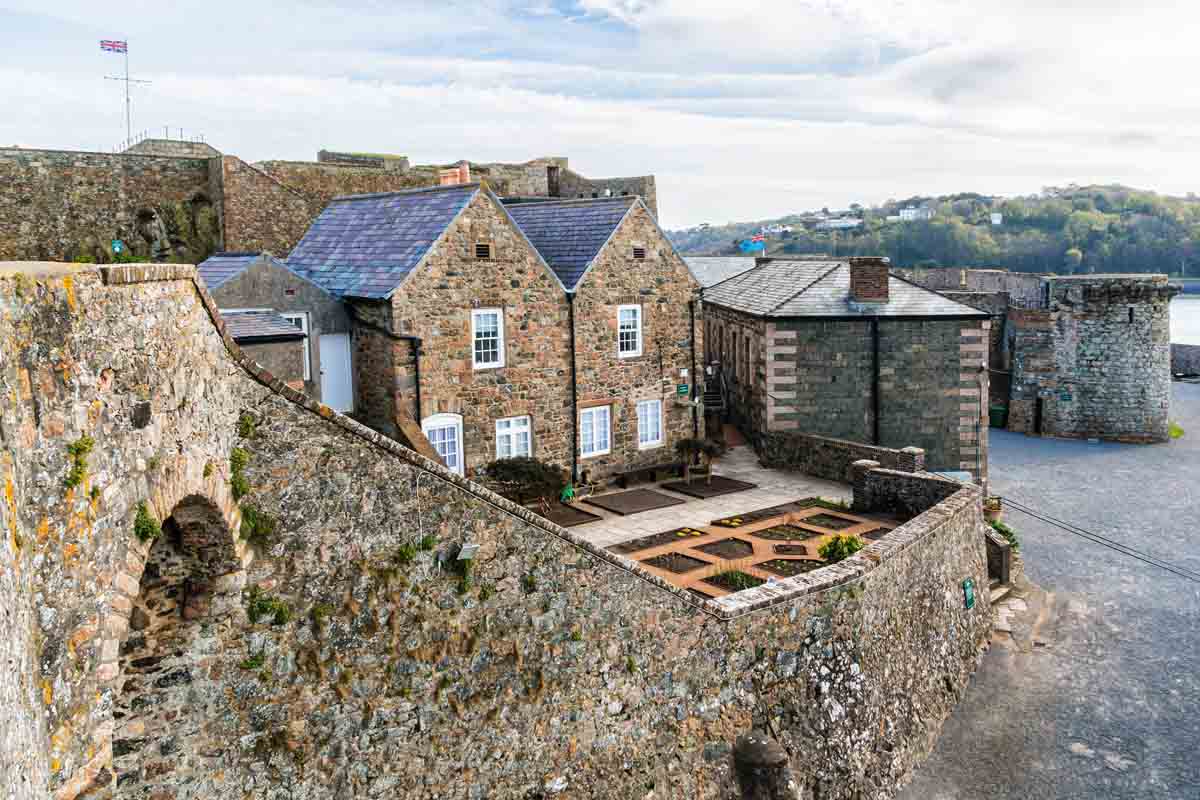
You probably don’t spend much time thinking about gutters and downpipes, those mundane but essential parts of any building that channel water away from foundations
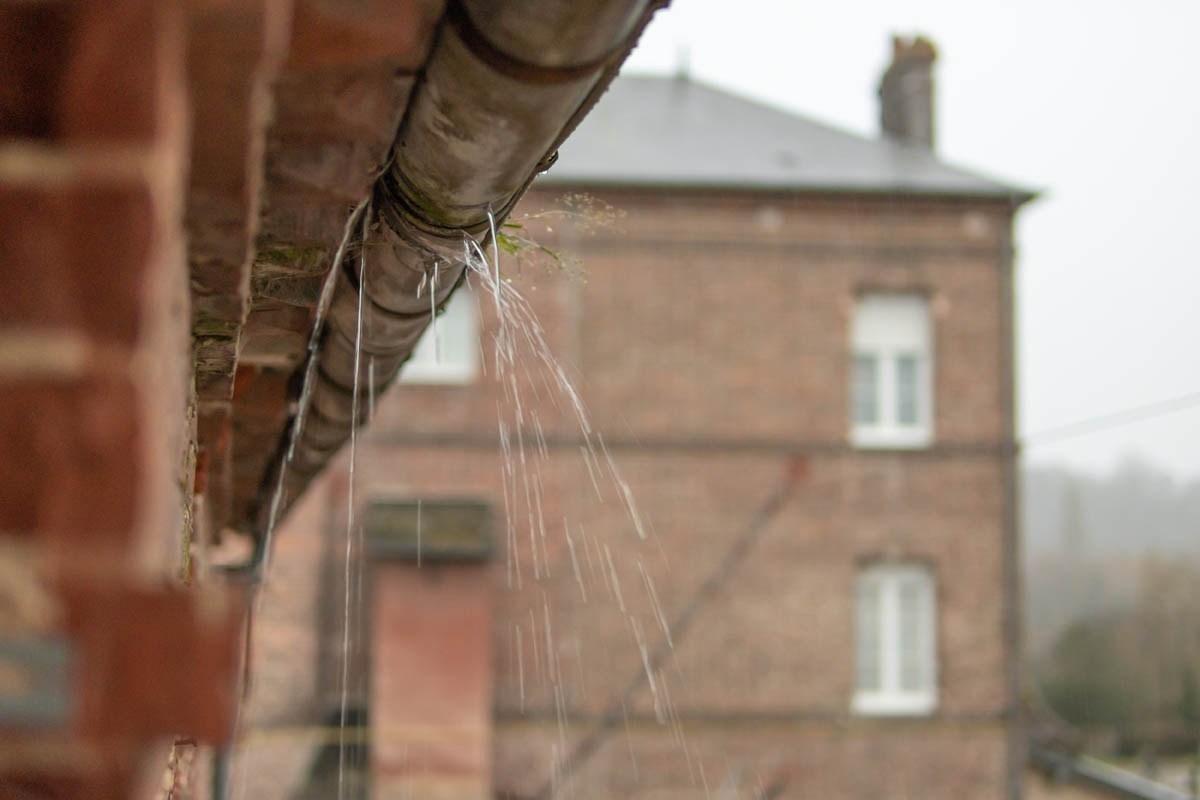
You’ve inherited an old Victorian house from your grandparents that’s been in the family for generations. While the history and craftsmanship are stunning, the plumbing
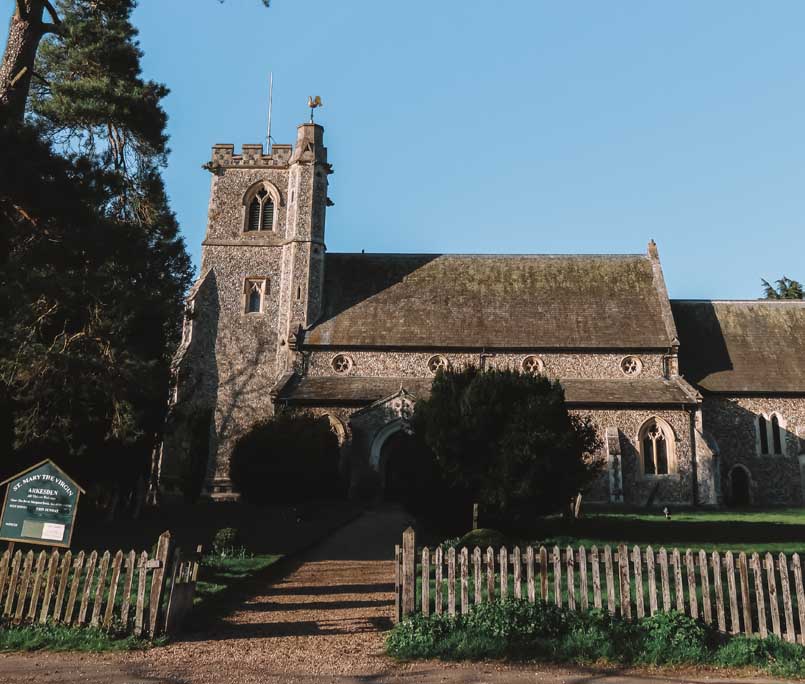
Have you ever wandered through an old churchyard and peered inside an ancient stone church, marvelling at the history? Chances are, if the church is
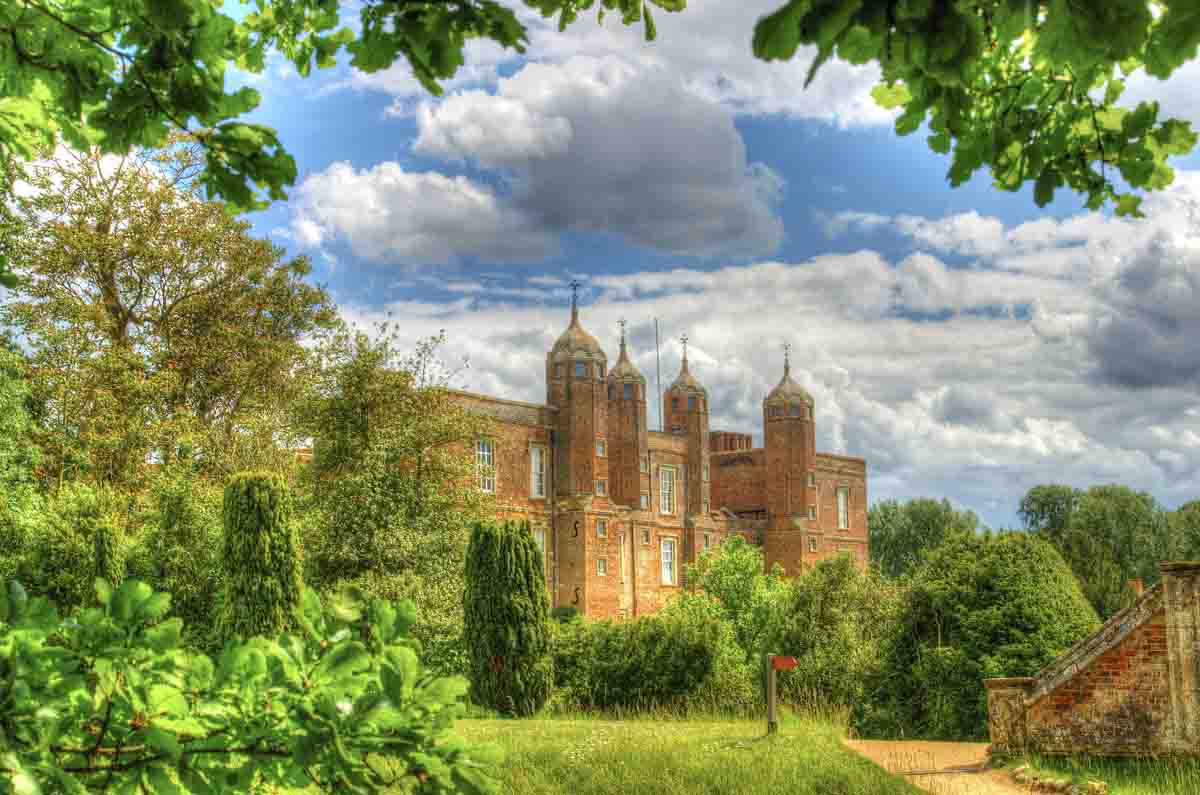
“Suffolk boasts a rich tapestry of architectural history, with its historic buildings standing as silent witnesses to the passage of time. The county is a
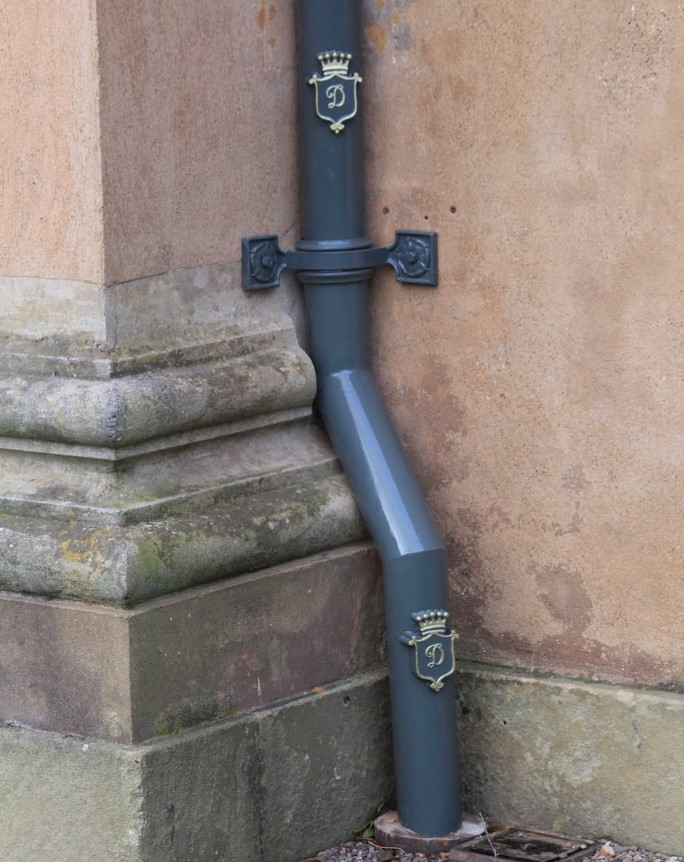
Have you ever looked closely at the rain gutters and downpipes on old buildings? If you have, you may have noticed those graceful curves at
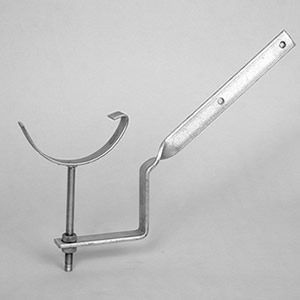
Poor gutter alignment or sagging is a significant cause of inadequately functioning rainwater systems; this, in turn, can result in the overflow of rainwater, the
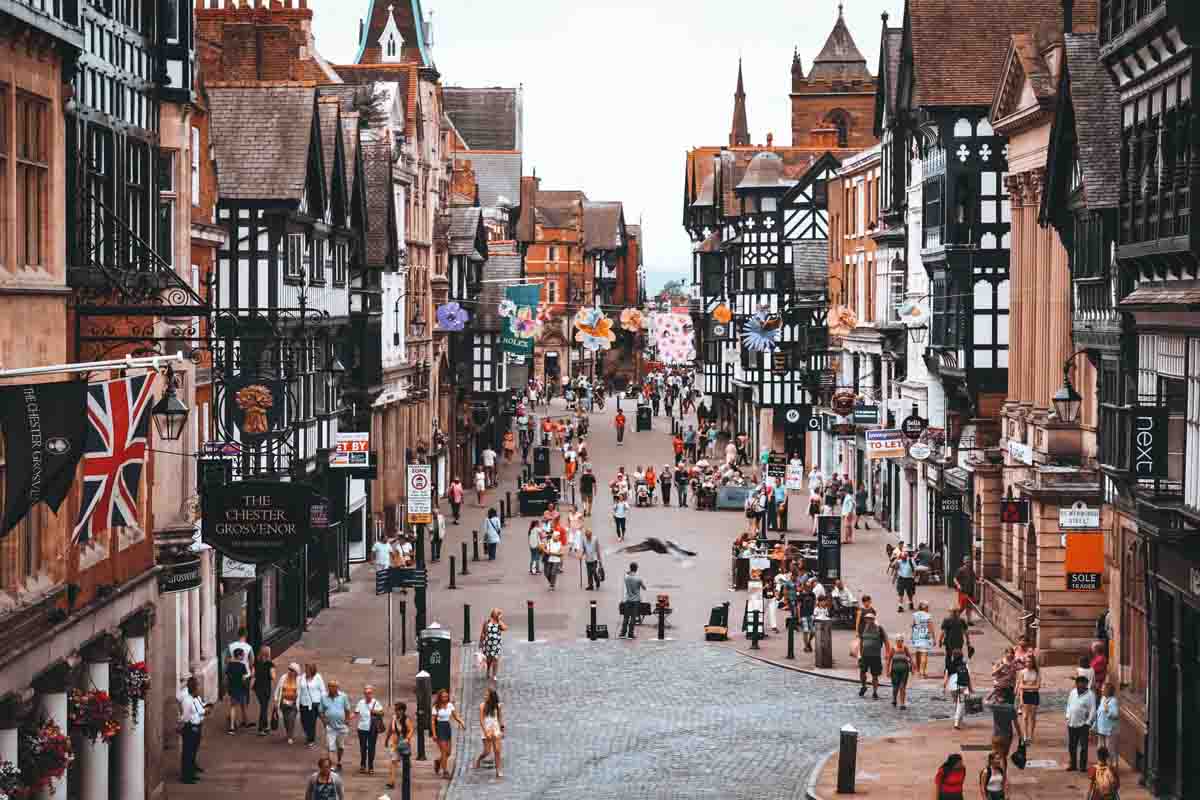
You’ve probably heard of Cheshire’s picturesque countryside and quaint villages, but did you know the county is also home to some of England’s finest Tudor

Have you ever wandered the streets of London and gazed up at the city’s iconic skyline in awe? From Big Ben to Tower Bridge, London